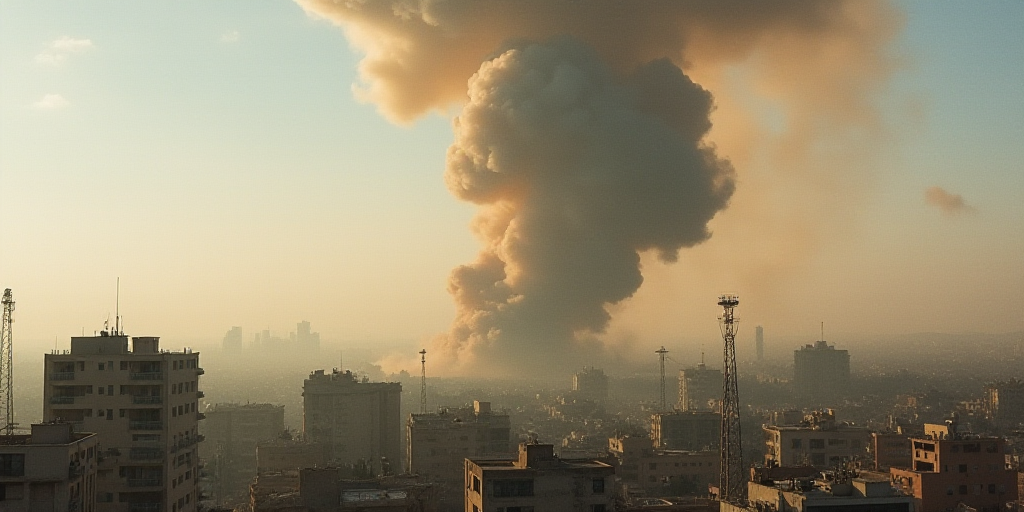Background and Relevance
The Israeli Ministry of Foreign Affairs has rejected a joint statement issued by more than two dozen countries, including Spain, calling for an immediate ceasefire in the Gaza Strip. This statement highlights the ongoing conflict between Israel and Hamas, with significant international involvement.
Who is Hamas?
Hamas is a Palestinian Islamic political organization and militant group that has controlled the Gaza Strip since 2007. It is considered a terrorist organization by several countries, including the United States and the European Union. Hamas’s political platform calls for the destruction of Israel and resistance against Israeli occupation.
Why is this relevant?
The recent conflict between Israel and Hamas has resulted in widespread destruction, displacement, and loss of life. The international community is calling for an immediate ceasefire to end the violence and protect civilians. The joint statement by these 24 countries reflects global concern over the humanitarian crisis in Gaza and urges both sides to cease hostilities.
Israel’s Response
Rejection of the Joint Statement:
The Israeli Ministry of Foreign Affairs has dismissed the joint statement, claiming it is “detached from reality” and sends an “incorrect message” about Hamas. The statement argues that all demands should be directed at Hamas, which they claim is responsible for the ongoing conflict and prolongation of war.
Israel’s Ceasefire Proposal:
Israel has stated that there is already a ceasefire proposal on the table, which Hamas has “obstinately” refused to accept. In contrast, Israel is willing to agree to a ceasefire.
Hamas’s Actions:
According to the Israeli Ministry of Foreign Affairs, Hamas is spreading “lies” about Israel instead of agreeing to a ceasefire. They claim Hamas deliberately escalates tensions and targets civilians seeking humanitarian aid.
Content of the Joint Statement
Civilian Suffering in Gaza:
The joint statement denounces the escalating suffering of civilians in Gaza and criticizes Israel’s aid distribution model, which they claim fosters instability and dehumanizes Gazans.
Forced Displacement:
The statement firmly rejects any forced population transfer or demographic change in the occupied Palestinian territories. It also condemns increased settlement construction in the West Bank and East Jerusalem, as well as violence by settlers against Palestinians.
Immediate Release of Captives:
The statement calls for the “immediate and unconditional” release of captives held by Hamas following the October 7, 2023 attack. It asserts that a negotiated ceasefire offers the best hope for returning captives home and ending their families’ suffering.
Key Questions and Answers
- Who issued the joint statement? The joint statement was issued by 24 countries, including Australia, Austria, Belgium, Canada, Denmark, Estonia, Finland, France, Iceland, Ireland, Italy, Japan, Latvia, Lithuania, Luxembourg, the Netherlands, New Zealand, Norway, Poland, Portugal, Slovenia, Spain, Sweden, Switzerland, and the United Kingdom, along with the European Commissioner for Equality and Crisis Management.
- What is the main point of contention between Israel and Hamas? The primary disagreement lies in who is responsible for the ongoing conflict and prolongation of war. Israel insists Hamas is responsible, while Hamas blames Israeli aggression and occupation.
- What humanitarian concerns are highlighted in the joint statement? The statement emphasizes the escalating suffering of civilians in Gaza, criticizes Israel’s aid distribution model, and rejects forced population transfer or demographic changes in the occupied Palestinian territories.






